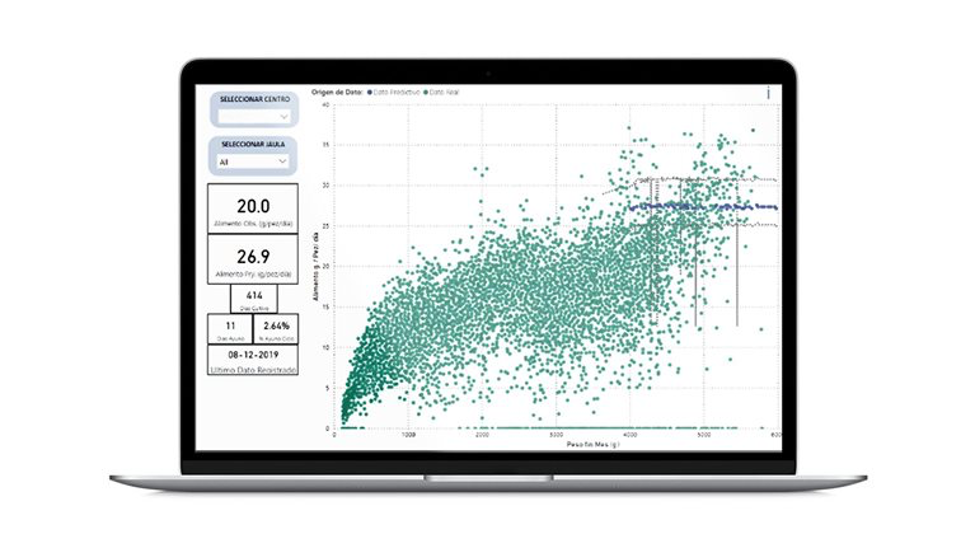
The world has witnessed a significant increase in seafood demand globally over the past 50 years – and the trend shows no sign of stopping. Global fish consumption is predicted to increase by 20 percent from 2016 to 2030 because of population growth, the expansion of the middle class, and greater urbanization (seafood becomes easily accessible for people, supported by the availability of electricity and refrigeration needed to store it).
As fishing players try to meet this growing demand while also preserving marine biodiversity, they’re increasingly turning to advanced analytics capabilities to optimize their operations, and costs, and improve the management of ocean resources.

Take a Latin American consumer goods company that provides animal feed, for example: As a smaller regional enterprise that can’t beat its multinational competitors’ margins, the organization had to find an innovative way to distinguish its offerings in the industry—and turned to us to help them land a new idea.
Jorge Grieve, an associate partner at McKinsey who led the project, explains that 60 percent of fish farmers’ costs come from purchasing food. “Much of it is excess that’s ordered and wasted due to varying fish appetite,” he says. Without visibility into the precise eating habits and other external factors that affect fish feeding patterns, like temperature or oxygen levels, purchasing the right amount of fish feeds is proven to be challenging for farmers.
Using the feed provider’s data on its customers’ purchasing behaviors, such as salmon farmers, the McKinsey team built a predictive machine learning model that accurately forecasts and prescribes to farmers how much—and when—to feed their fish throughout their lifecycle. The model assesses external factors like weather, sea current, oxygen levels, and location that impact the weight and size of fish and, consequentially, the amount of food they will consume at different periods.
“This is a critical insight to have since the necessary quantity of feed correlates with fish weight,” says Melissa Fitts, a senior engagement manager at McKinsey. “And if we can reach target weights in less time and with less feed, fish production costs go down, and the client saves customers money, increasing their loyalty.”
The predictive model uses data to measure the efficiency of salmon converting feed into farmers’ desired weights and sizes. It’s run on a weekly or monthly basis for the algorithm to learn which combination of feed practices and external factors yields the best outcomes in the shortest time. Each week, the food and growth predictions are sent to customers.
“There are so many variations in the growth of fish that are usually not explained,” says Guillaume Baquiast, a senior data scientist at QuantumBlack. “Being able to predict the growth rate and recommend the right amount of food is game-changing.”
Melissa says that as the model is integrated into the feed provider’s ways of working, farmers are expected to increase their productivity by up to eight percent. This means achieving their desired fish weight using less feed, less waste, and lower costs.
“What’s significant is the client has positioned itself as more than just a commodity to customers,” says Pepe Cafferata, head of QuantumBlack in Latin America. “They’re now able to partner with multiple technology companies to offer a value-add of advice and an unprecedented level of trust in an industry where many producers oversell composition of their formula to gain contracts.”
Next up, the team is applying its learnings from other industries to create an IoT and advanced analytics center of excellence for the client. This summer, they have started piloting IoT devices, like program feeders that give exact food quantities and computer vision cameras that estimate body mass, weight, and movement. They are also building a cloud-based data lake that will eventually stream data in real-time to the multiple advanced-analytics models, 24/7, in the coming months—leading the way for even more impact.
“For aquaculture or agriculture players today, being powered by digital and analytics is critical,” Pepe says. “Being so prone to such volatility in crop yield, this type of technology opens up a world of opportunities for greater productivity—and sustainability.”
